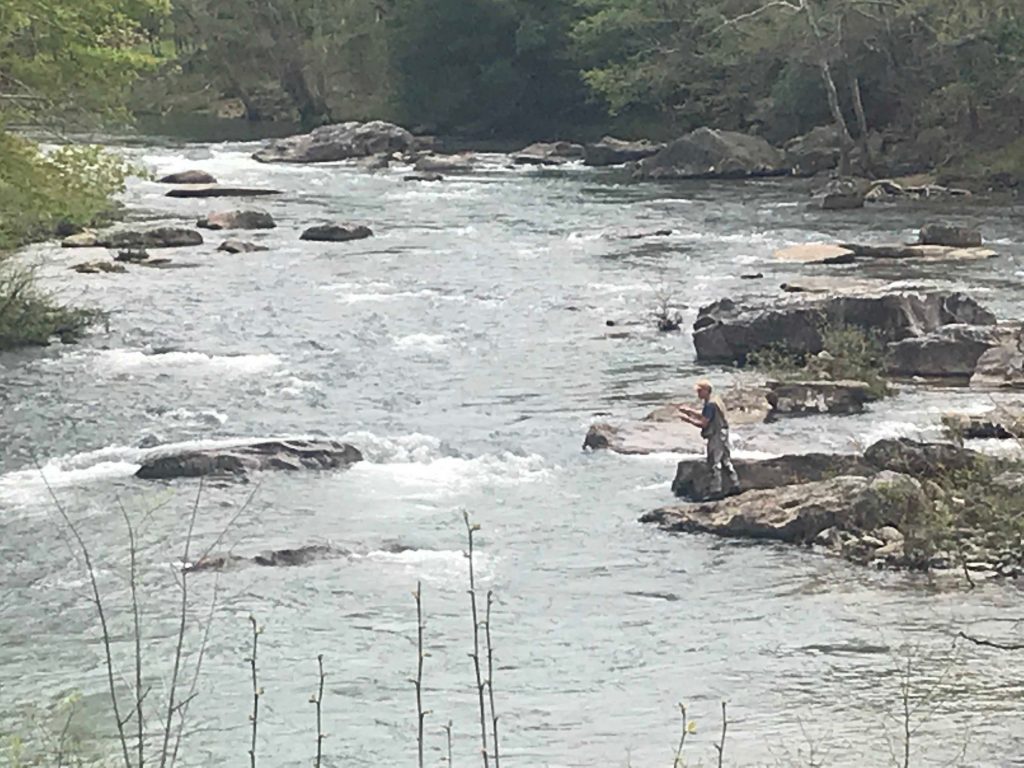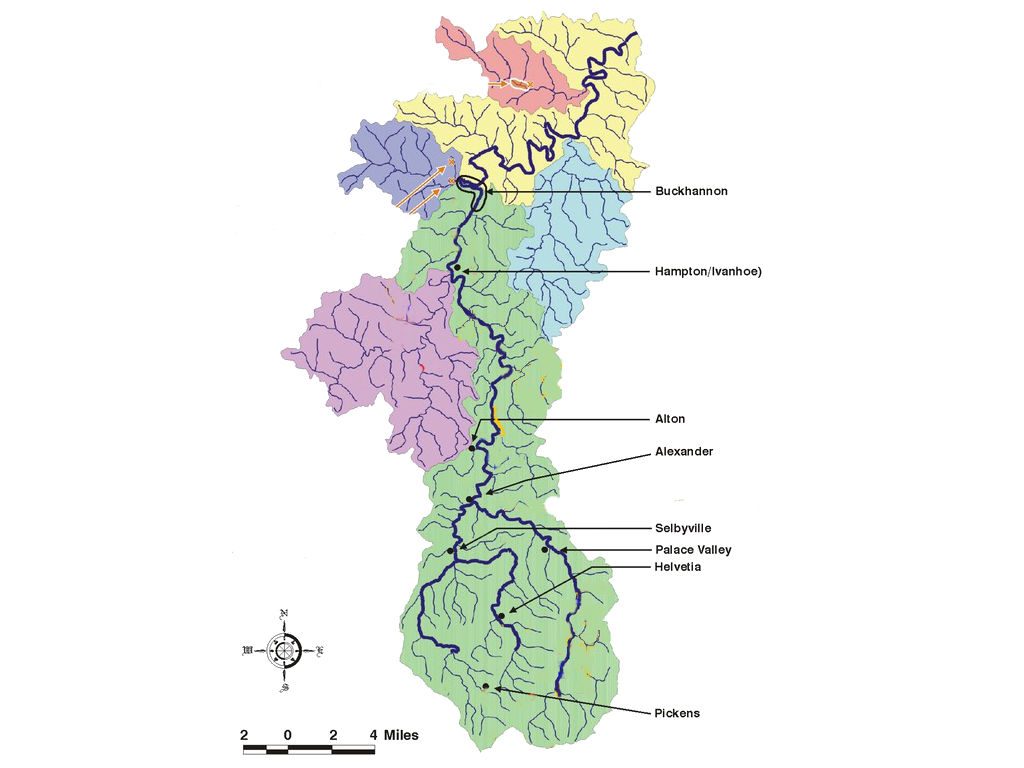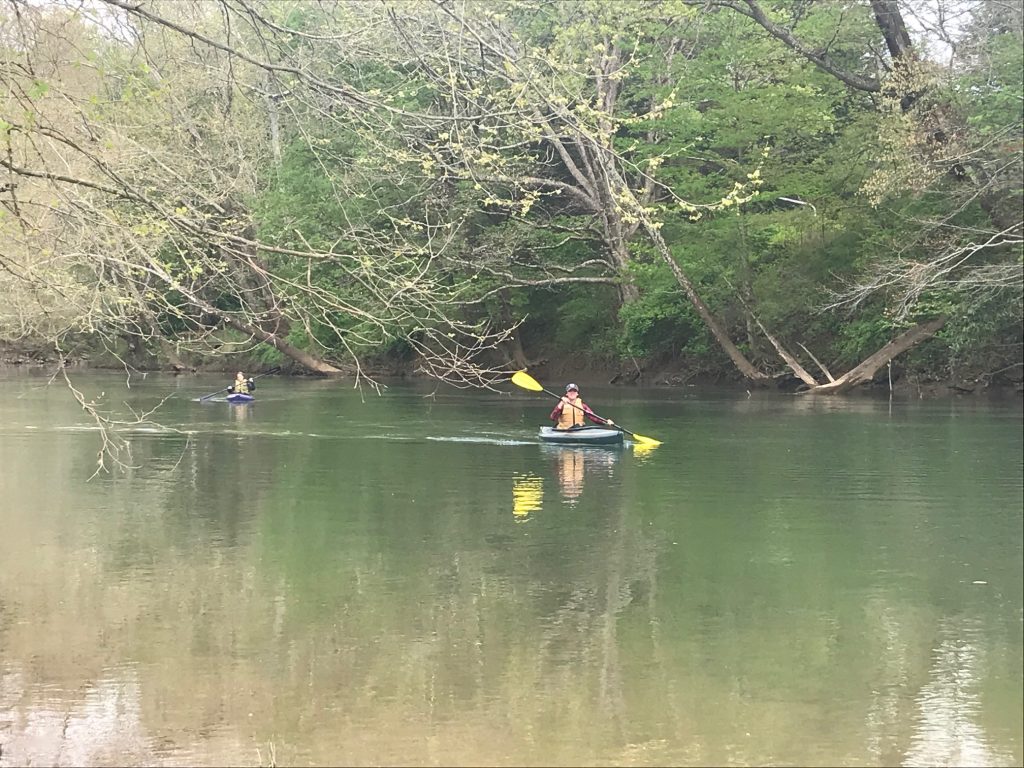City of Buckhannon water meets or exceeds all standards for drinking water; Source water protection initiatives discussed during public meeting

May 7, 2019

BUCKHANNON: The state of the Buckhannon River watershed is strong; Buckhannon Water Plant officials discussed source water protection and water plant operations during its annual Source Water Protection Plan public meeting Tuesday morning.
Jerry Myers, Chief Water Plant Operator, noted that the City’s water is regularly tested for bacteria and other contaminants, and has not once received a positive water test result for E. coli during his seventeen-year tenure, and possibly longer. E. coli bacteria is a contaminant, also indicated as fecal coliform, that is found in human and animal waste.
The City of Buckhannon Water Department had been receiving calls from concerned citizens in response to an article in the local news media a few weeks ago. The story reported on E. coli levels in some tributary streams in the Buckhannon River watershed, but a few readers misinterpreted the headline, believing water from the tap might be unsafe. This is absolutely false. The City of Buckhannon’s potable water that is fed through the water system remains safe to drink and use for cooking, laundering, and recreational purposes.
The Harley A. Brown Memorial Water Plant is fully capable of filtering and treating contaminants in the water before it enters the distribution system as potable water, regardless of the presence of bacteria in some tributary streams.
City water meets or exceeds all Bureau of Public Health and West Virginia Department of Environmental Protection standards. The plant complies with an Area Wide Optimization Program (AWOP), which monitors turbidity (sedimentation in the water that can be caused by soil and other contaminants).
While the City is able to filter and treat contaminants prior to distribution through the water system, the City still encourages actions by residents and businesses that will improve water quality in the watershed as a whole. Such actions include excluding livestock from streams and performing regular maintenance on septic systems to ensure they are not leaking waste into streams and rivers. Farmers are eligible for funding to create alternate water sources for cattle, goats, and sheep through the Tygarts Valley Conservation District and the United States Fish and Wildlife Service. These actions improve watershed health for outdoor recreation on the river, while also lessening the amount of treatment needed at the Water Plant for distribution as potable water.

Homeowners can apply for low-or-zero interest loans to upgrade septic systems through the United States Department of Agriculture Rural Development and the West Virginia Department of Environmental Protection’s revolving fund. Please contact the City, Buckhannon River Watershed Association, Tygarts Valley Conservation District, or West Virginia Department of Environmental Protection Division of Water & Waste Management for more information on source water protection and watershed health.
The Harley A. Brown Memorial Water Plant and Buckhannon Water Department provide potable water service to approximately 4,000 people in Buckhannon and the surrounding area. The City water distribution system also provides potable water to three public service districts and one water association in Upshur County, serving over 24,000 people combined. The Harley A. Brown Memorial Water Plant maintains equipment with the technology to treat, monitor, and produce a maximum of 5.76 million gallons of water per day, with an average daily production of nearly 2 million gallons. The Water Department also maintains 42 miles of water lines serving customers throughout the City and surrounding area. To ensure high-quality service, each Water Department employee holds a valid water distribution license or plant operator license. The City of Buckhannon Water Department is consistently ranked in the top tier of the state’s water systems for both affordability and financial soundness, as well as meeting all health and environmental standards.